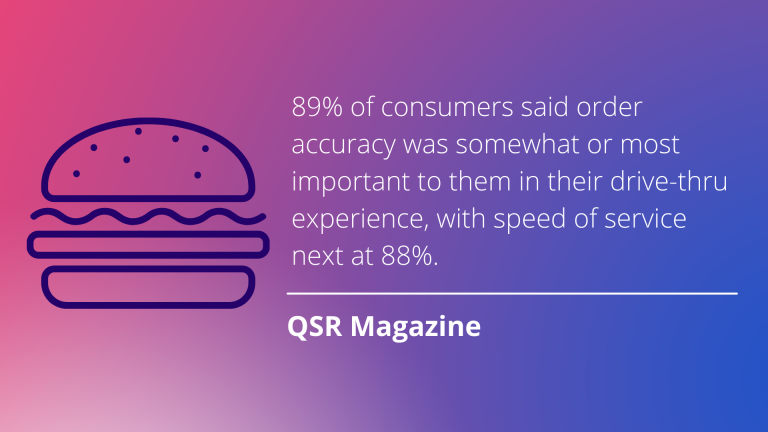For many companies, the first touch with a customer and the opportunity to either create brand loyalty or customer churn lies in the contact center. During the process of problem resolution, information gathering, task completion, or even while on hold, customers and prospects form first—and often lasting—impressions. Even before the problem resolution stage, interactions with the customer service center are directly linked to sales opportunities. According to Zendesk, 84% of consumers consider customer service to be a key factor when deciding whether or not to purchase—and likely whether or not to purchase again.
On the other hand, poor customer service experiences, including long wait times, complex and lengthy menus, and agents who don’t have enough information to resolve issues quickly, have a direct effect on the bottom line. A study by Microsoft revealed that 58% of consumers will switch companies because of poor customer service. Staying competitive by attracting and retaining customers can hinge on the contact center experience.
Many industries, including banking and e-commerce, rely on their contact centers to process a high volume of calls in a personalized, quick, and efficient manner. Legacy IVR systems, though, can create even more of a burden by providing menus that are too long or too complicated, resulting in the customer becoming frustrated and wanting to speak only to a human agent. However, with voice AI integrated into call centers, many obstacles can be overcome with ease.
Voice AI overcomes call center challenges
Call centers have their own unique set of challenges, many of which voice assistants can solve by simply creating a more seamless, efficient, and enjoyable process. Brands hoping to provide consistent and exceptional caller experiences will want to consider the ability of voice AI technology to create brand loyalty and increase revenue.
Here are some of the challenges call centers face that voice AI can help alleviate:
- Frustrations and limitations of IVR systems
- Limitations of human call center agents
- Common queries and routine transactions
- Training and record-keeping
Legacy IVR systems can create a web of negative customer experiences through long and complex menus, endless loops, repeated information, and misunderstood responses. A few minutes of dealing with an IVR system can leave a caller frustrated and miserable, begging for a human agent. Voice assistants, though, can create positive experiences by throwing out the antiquated system and, instead, asking the user how they can help. A request, such as “I’d like to make a payment,” can be easily understood and processed.









